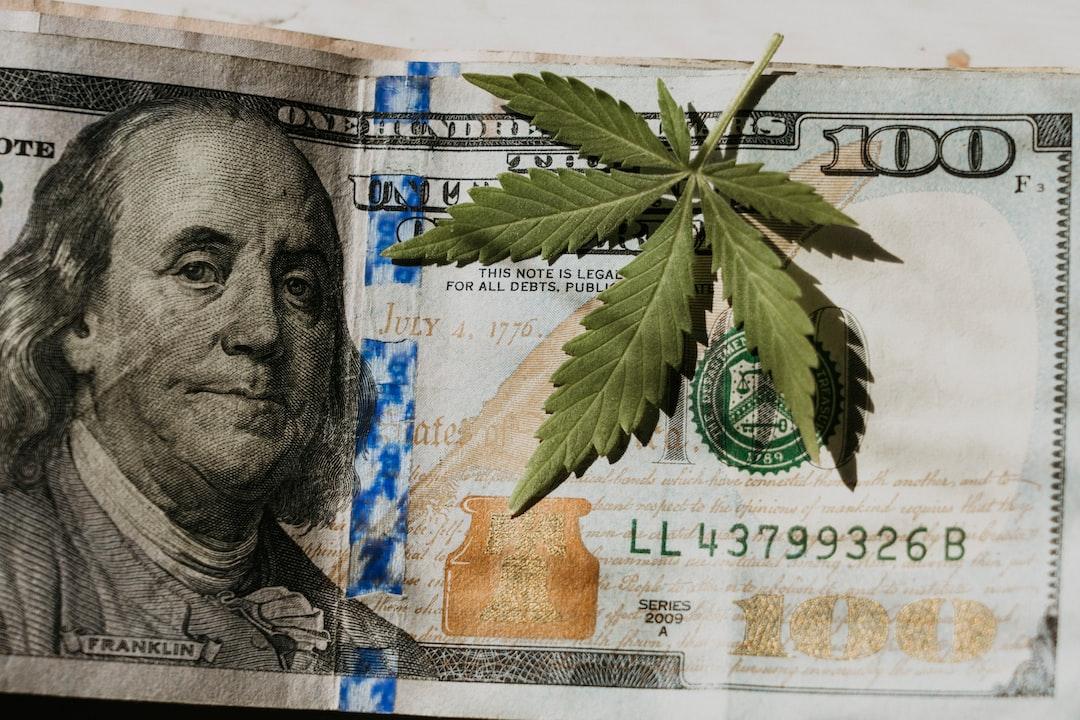China-U.S. Tariff War Escalates in a “Spiral”!
The ongoing tariff war between China and the United States can be described as a “spiral escalation”! Although Trump claims that tariffs will create fairness for the U.S. in international trade and make America great again, according to a report from CNBC, the damage caused by the current 145% import tariffs on Chinese goods is likely to become irreversible for most businesses in the U.S. economy, especially small and medium-sized enterprises.
(Background: Apple breathes a sigh of relief! Trump announces that tariffs on electronic products such as phones and computers are exempt. Will iPhone prices remain unchanged?)
(Context: “The car dealer called me, willing to buy back at a higher price,” Trump’s tariff war sparks a surge in the U.S. used car market.)
No Signs of Easing in the China-U.S. Tariff War
The tariff war between China and the United States shows no signs of easing, as both sides are unwilling to relent on increasing tariff rates. Currently, tariffs imposed by the U.S. on China have reached 145%, while China’s retaliatory tariffs on the U.S. have risen to 125%, with claims of continuing countermeasures against Trump’s policies.
Despite the Trump administration’s announcement over the weekend that a wide range of consumer electronic products (such as Apple’s iPhone) would be exempt from the 125% tariffs on Chinese imports, as well as the 10% global basic tariff imposed on nearly all other countries, foreign media point out that this exemption is likely to be temporary. In the future, these products may soon face other tariffs, though they are unlikely to exceed the current 145% faced by mainland China.
For most businesses in the U.S. economy, especially small and medium-sized enterprises, the damage caused by the 145% import tariffs on Chinese goods could soon become irreversible. A report from Macquarie Investment Bank shows that 97% of imported baby strollers, 96% of artificial flowers and umbrellas, 95% of fireworks, 93% of children’s coloring books, and 90% of combs come from China.
Supply Chain Disruptions and Order Cancellations
According to CNBC, as tariffs come crashing down like a mountain, businesses across various industries in the U.S. have begun to hit the brakes—canceling freight orders and postponing shipments from China has quickly become the new norm under the China-U.S. trade war.
“Orders from U.S. importers to Chinese furniture manufacturers have completely stopped, and we are hearing the same situation in industries such as toys, apparel, footwear, and sports equipment,” says Alan Murphy, founder and CEO of Sea-Intelligence.
SEKO Logistics Chief Commercial Officer Brian Bourke adds, “Southeast Asia previously faced a similar situation, but after receiving a 90-day tariff exemption, orders from those regions have restarted. However, the cancellation of container orders from China continues.” OL USA CEO Alan Baer bluntly states, “Almost all businesses connected to China are at a standstill.”
Additionally, Erica York, Vice President of the Federal Tax Policy Center at the Tax Foundation, warns that “Trump’s total tariffs of 145% on Chinese imports will halt most trade between the U.S. and China.” She explains, “There may still be some goods without substitutes that businesses must pay tariffs on, but the vast majority of trade will thus be cut off.”
Uncertainty Looms, Businesses Seek Solutions
In this context, Stephen Lamar, CEO of the American Apparel and Footwear Association (AAFA), states that sudden policy changes and high tariffs are disrupting supply chains to an unprecedented degree, comparable to the pandemic period. He points out:
Faced with prohibitively high tariff levels, many companies have no choice but to cancel orders. The unpredictability of policy means that new tariff costs are difficult to predict accurately, as businesses only know the costs when goods arrive at the port, and the bills generated by high tax rates are burdensome and pose risks that small and medium-sized enterprises cannot bear.
Currently, the only thing businesses can do is seek various ways to mitigate the impact of tariffs. For example, logistics providers offer bonded warehousing services, allowing goods to enter the U.S. for a certain period without having to pay tariffs. Karsten Kildahl, Chief Commercial Officer of global shipping giant A.P. Moller-Maersk, describes the current situation as “unprecedented.”
As for abandoned goods (those not picked up or for which freight and tariffs have not been paid), their handling varies slightly depending on the port and contract. Typically, goods exceeding a certain period (e.g., 30 days at the Port of New York) are treated as abandoned and sold or auctioned off to cover storage fees and other costs. This has led to the emergence of an abandoned goods market, where specialized companies acquire these goods and resell them to discount stores, liquidation shops, or online sellers.
Will iPhones Return to the U.S.? The Complexities of Manufacturing
Recently, there has been heated discussion on social media about whether iPhones could be manufactured in the U.S. If realized, Trump would certainly boast about it for a lifetime, marking a significant victory for his promise of “bringing manufacturing back to America.” However, the reality is far more complex, and relocating the iPhone production line back to the U.S. is no easy feat (unless consumers are willing to pay several times the price… which is unlikely).
First, the U.S. lacks adequate production facilities and skilled labor, and labor costs are significantly higher. More importantly, the U.S. lacks the vast supply chain ecosystem currently concentrated in Asia, particularly China, which includes suppliers, manufacturing technology, and engineering talent.
Apple CEO Tim Cook pointed out as early as 2017 that Apple relies on China not for cheap labor, but for its extensive pool of technical talent. In Apple’s supply chain in China, hundreds of thousands can be employed, with manufacturing bases resembling small towns that have hundreds of thousands of residents, schools, gyms, medical facilities, and dormitories, such as the “iPhone City” built by Foxconn in Zhengzhou at its peak.
Reproducing this scale in the U.S. is nearly impossible. Former Apple manufacturing engineer Matthew Moore pointed out, “Which U.S. city would drop everything to exclusively produce iPhones?” Others believe Apple could use its massive cash reserves to establish fully automated factories in the U.S. However, supply chain experts say this is impractical because even in China, where automation costs are lower, full automation has not yet been achieved. This is not only due to the rapid development speed and frequent changes in iPhone manufacturing processes, which complicate automation but also because much of the production equipment is manufactured in China.
Of course, I believe that Trump is not foolish; this series of measures may simply be to gain negotiation leverage. After all, he knows that many countries rely on the strong domestic consumption power of the U.S. Whether his repeatedly changing stance can allow these small and medium-sized enterprises to see opportunities still requires more time for observation.

Related Reports
The Taiwan stock market should not laugh! Trump warns that semiconductor tariffs are coming: the answer will be announced on Monday.
China’s wild waves save the market! Limits on stocks ‘net sell’ up to 50 million daily, Beijing raises tariffs on U.S. goods to 125%.
The EU just approved a 25% retaliatory tariff on U.S. products, and Trump has turned to… who changed his mind?

